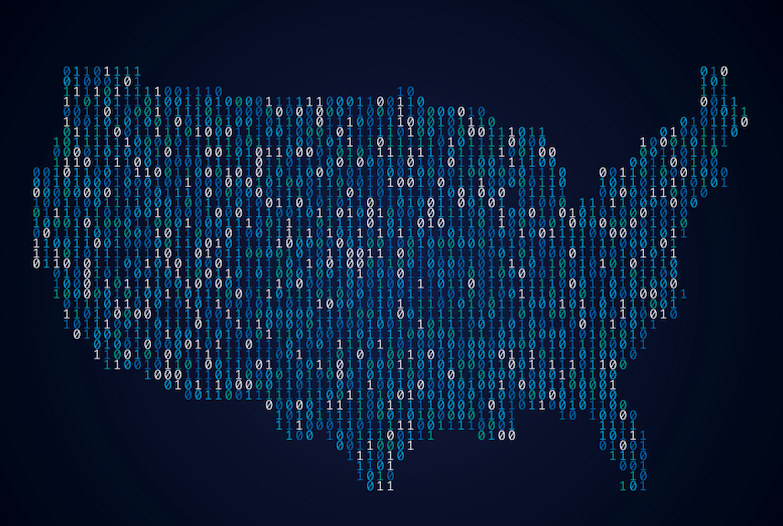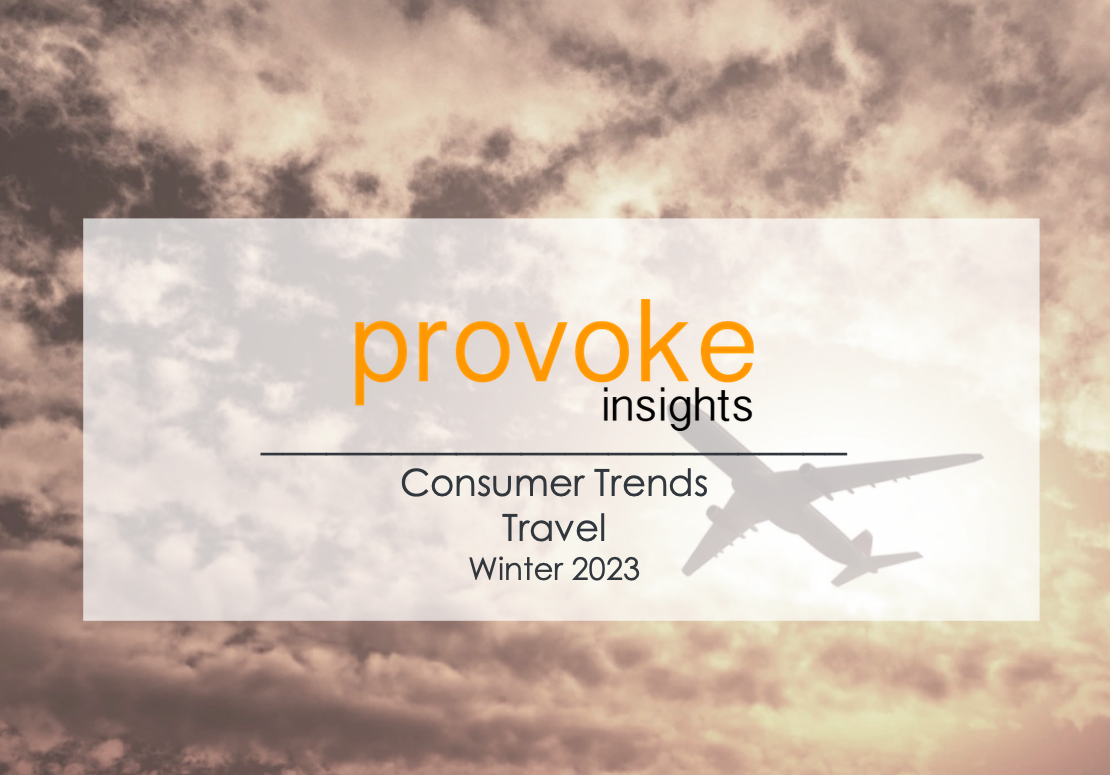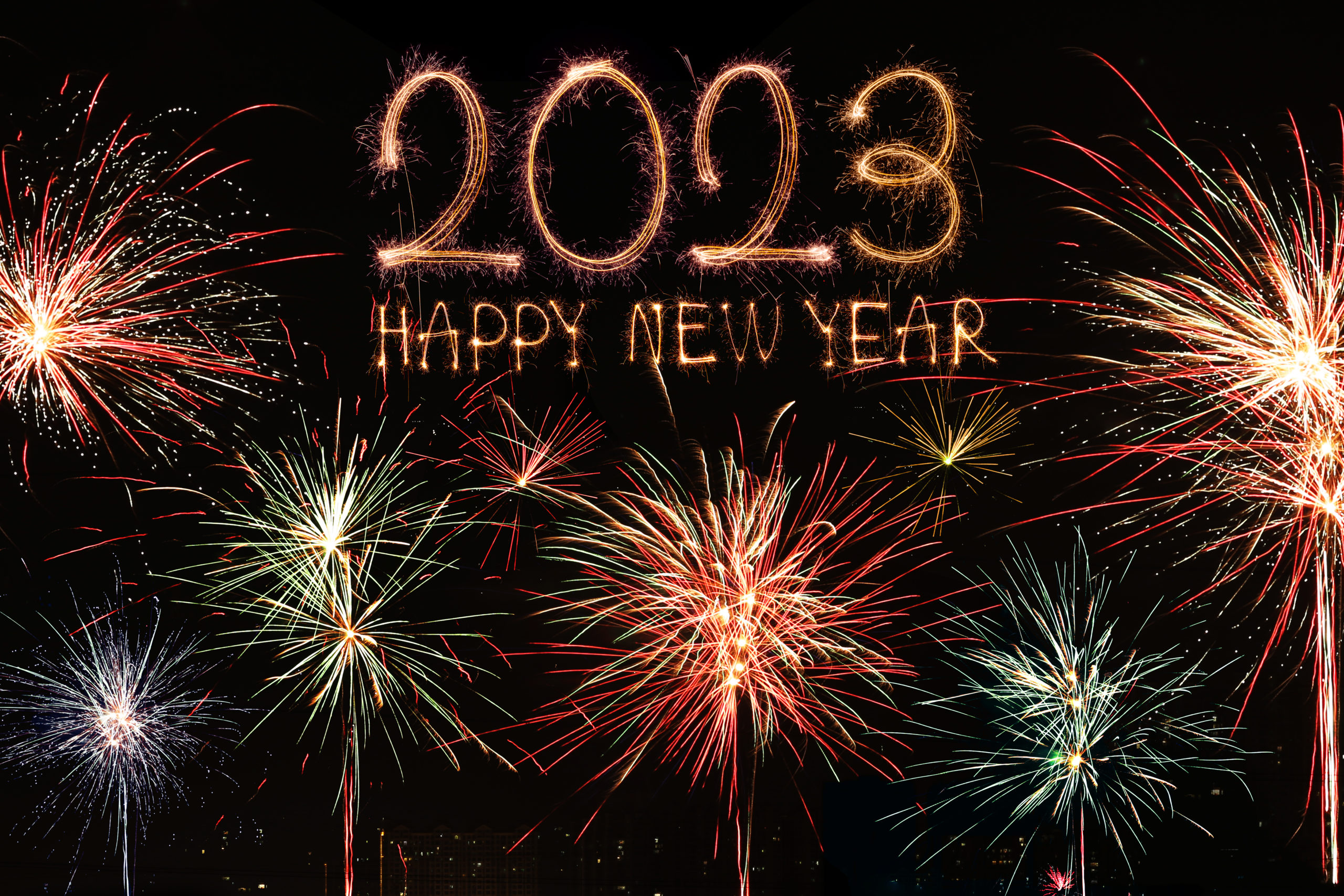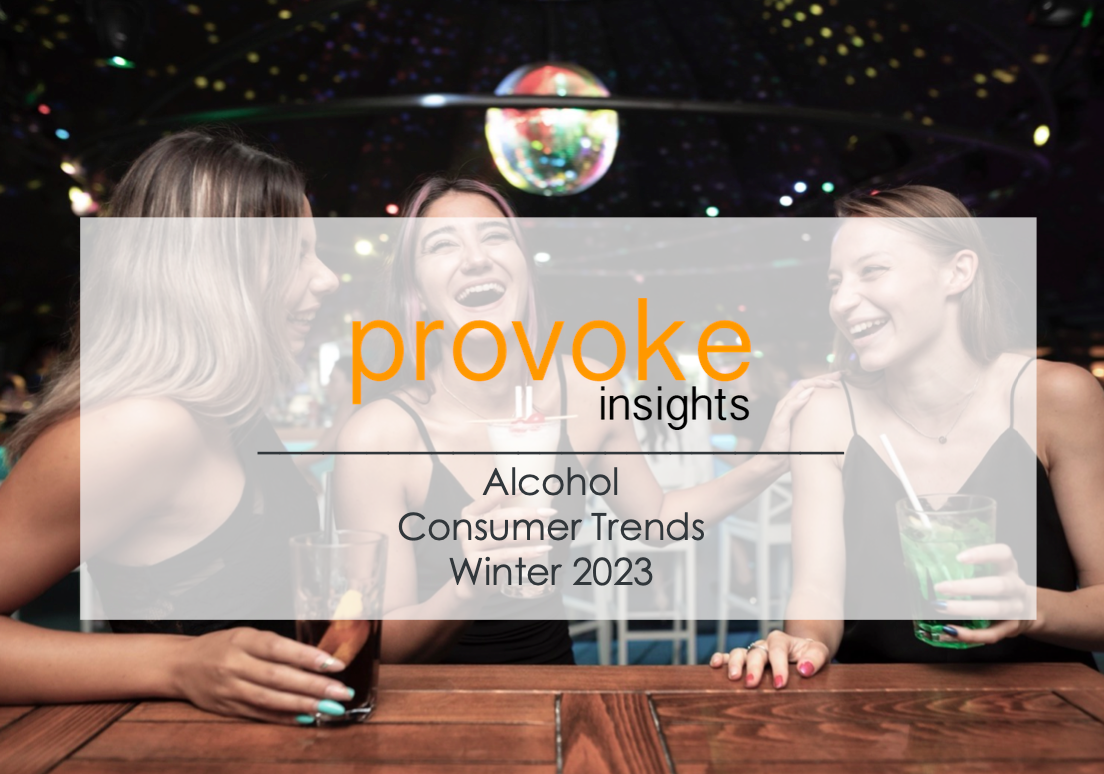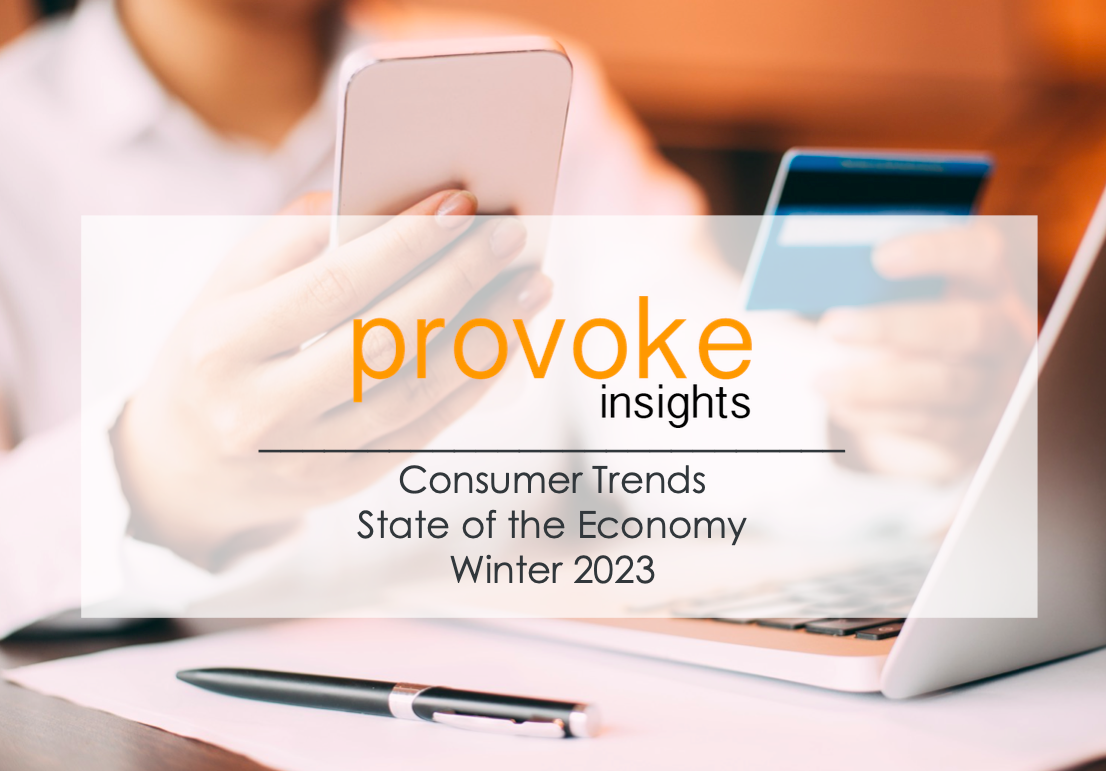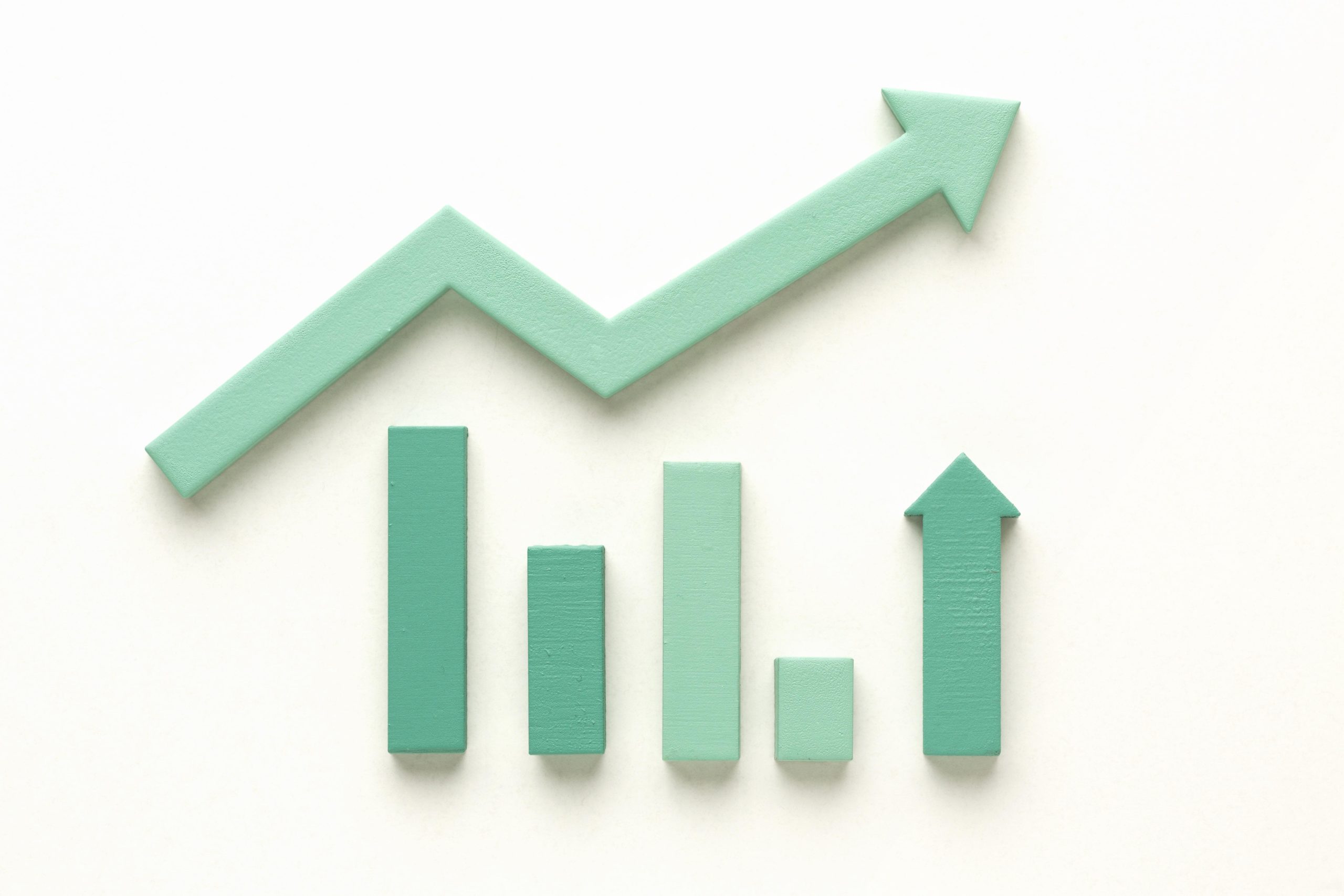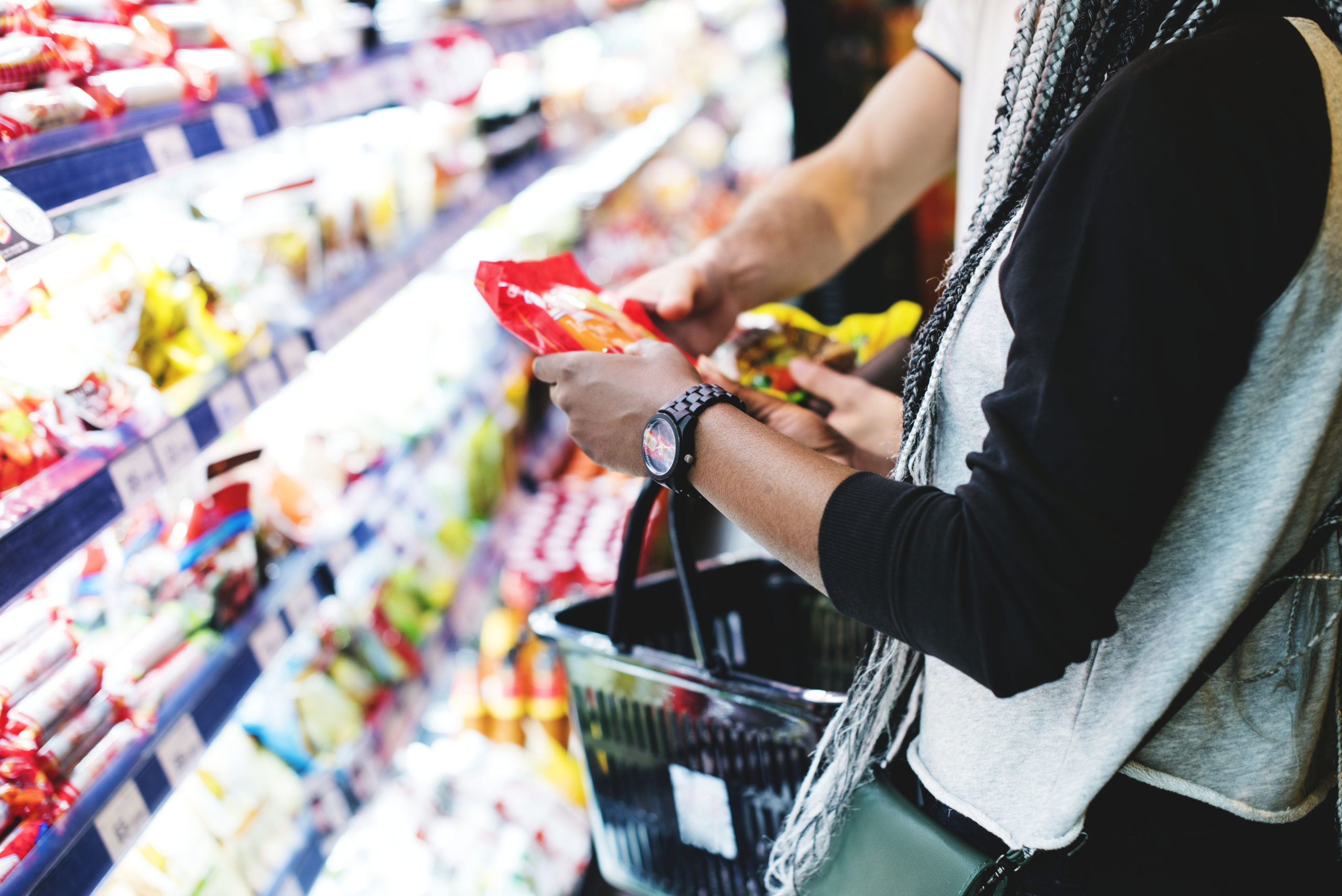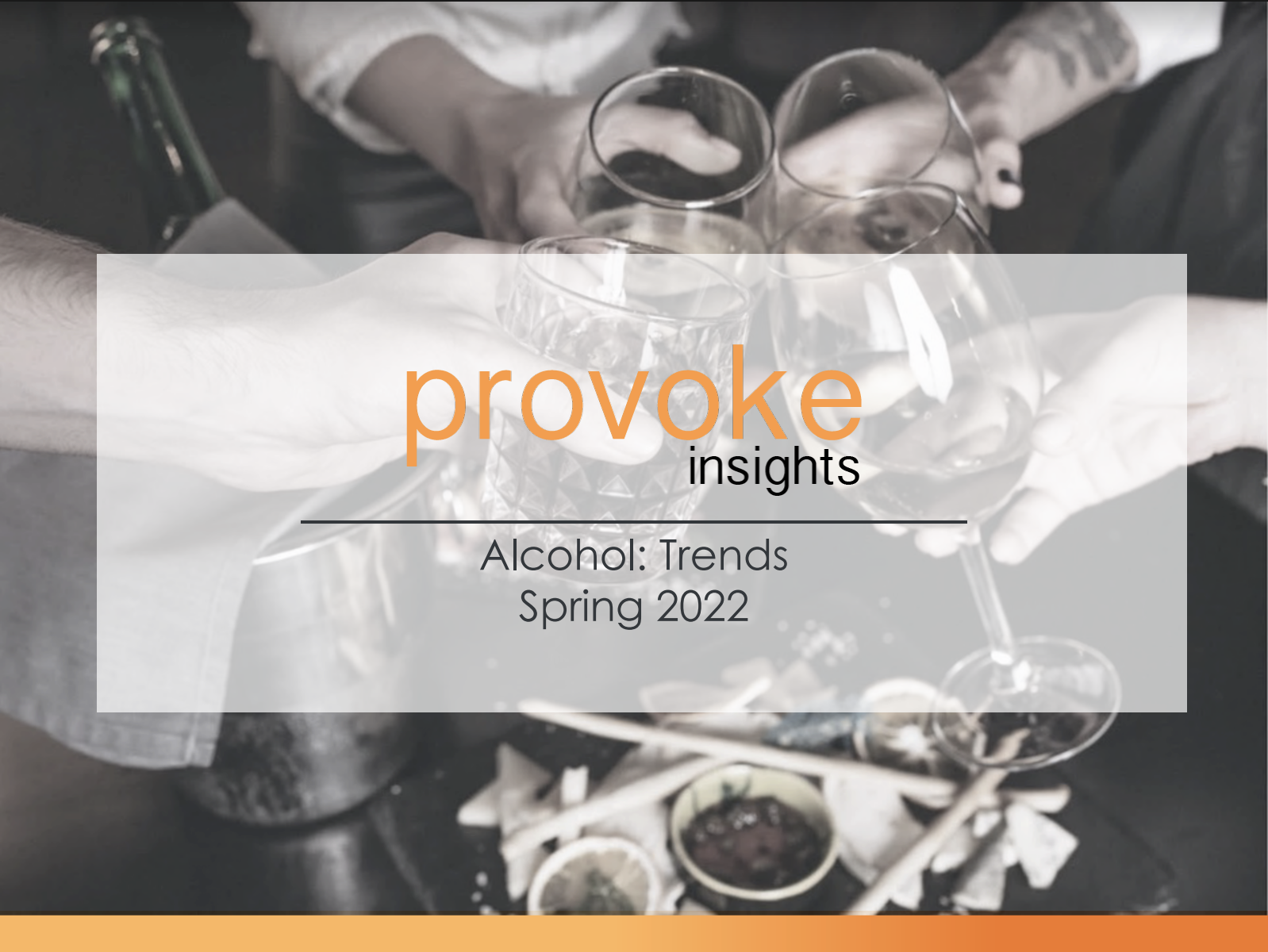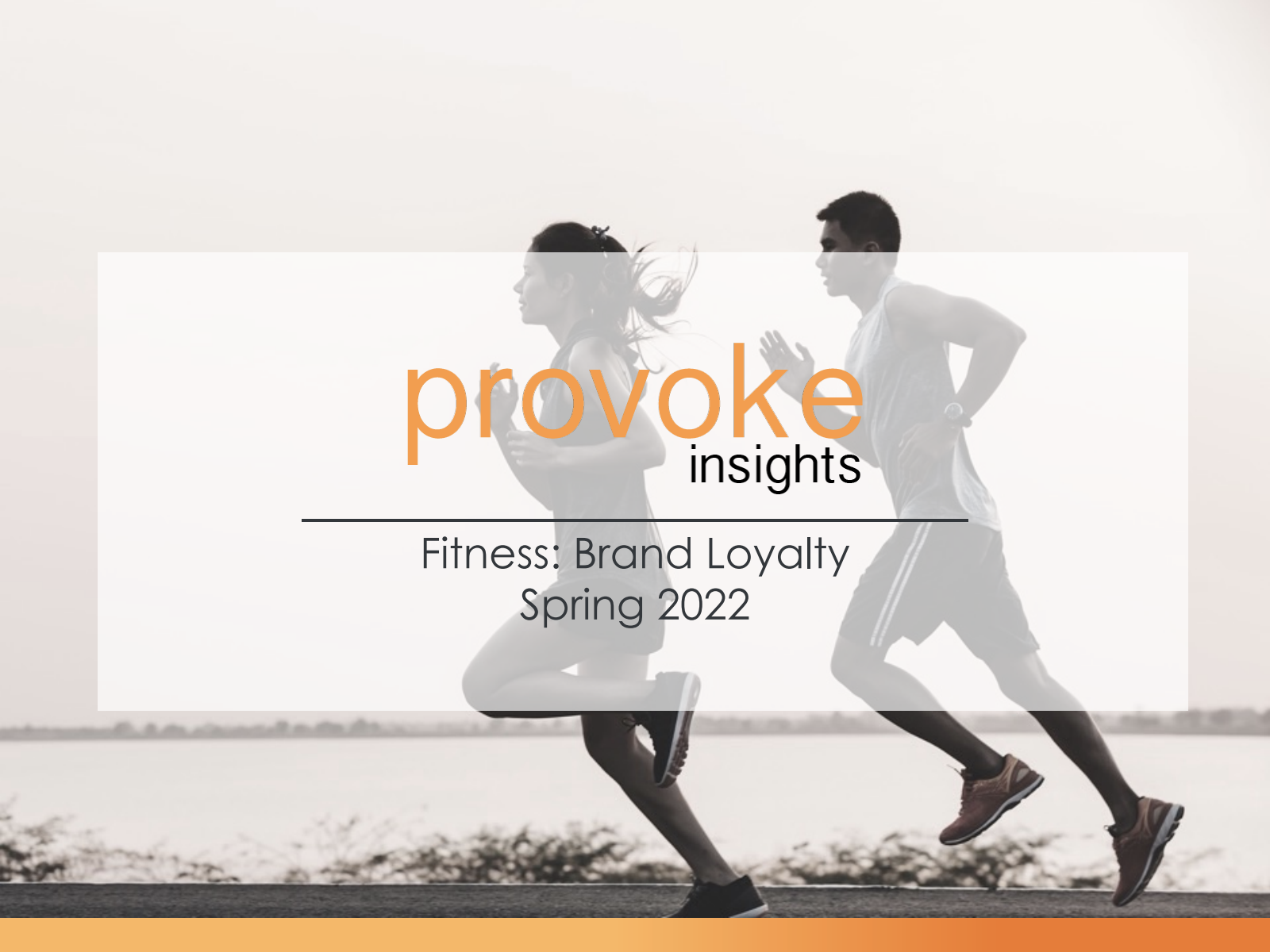Survey Intercepts! The methodology was popular before the growth of online research since all research was conducted offline or via telephone. However, survey intercepts are still useful and relevant today. This methodology involves stopping people on the street or in other public environments to interview them in person.
The method ensures high-quality responses and catches participants when memories are fresh. However, intercepts require intense planning and could incur high costs. Here are some pros and cons to help your company decide if this methodology suits your research needs.
The Pros of Survey Intercepts
Ensure that you are speaking to the right consumers
Ensuring the right people take your survey is essential to receiving quality results. What better way to meet your audience than on their turf?
Online surveys are a quick and convenient way to gather many responses. Still, several hours and quality checks must go into tailoring the survey to ensure only the proper respondents qualify for the study.
In-person survey intercepts can reduce errors by interviewing consumers at a time and place where you can be sure that they qualify. Whether your goal is to evaluate a restaurant experience or review a purchasing occasion, questioning the source in real-time will ensure you speak to the proper people for your study.
This methodology is excellent when you have niche locations where you want to find specific consumers. For example, a regional supermarket chain or a department store that wants to understand who is shopping at their establishment may use survey intercepts since being on-location will confirm that you are speaking to the correct shoppers.
Catch consumers at essential moments
The perks of survey intercepts extend beyond just ensuring you speak to the right audience. The methodology allows you to speak to them when their memories on the topic are fresh.
Distributing a questionnaire weeks or months after an experience or purchase, may change a visitor’s perception of the actual event. Intercepting visitors immediately after exiting an experience or an establishment will garner fresh thoughts that are not clouded by life events and responsibilities that have occurred in between.
Gather top-quality results without intense cleaning
Accurate surveys require reducing errors as much as possible. Unfortunately, the internet is not perfect, and errors occur. While some respondents will click through a survey without reading questions, others may not even be human! Online surveys must undergo an intense cleaning process to eliminate these participants. Results must be combed through for gibberish open-ends and straight-lined grids to eliminate lazy survey takers and bots.
When you survey a respondent in real-time, you can assess their engagement and ensure they answer the questions seriously and thoughtfully.
The Cons of Survey Intercepts
It is more difficult to gather a larger sample
Online studies through a panel or sample provider allow you to gather a large respondent pool, which gives more options for dissecting the data. More participants will allow you to break down respondents into more intricate sub-groups to see the differences between these segments. When your sample pool is more limited in numbers, some breaks may have too few responses to garner more than directional insights.
When you field a survey on-location, gathering enough participants to create substantial breaks can be a challenge, especially if you are in a low-traffic area. You become bound by the number of people visiting the location during the fielding period. Furthermore, only some people who show up will agree to participate. Online fielding may be a better option if your goal involves viewing the data through a lens of several subgroups.
A detailed plan of action is necessary
Fielding an online survey is simple. Pick your fielding panel, choose your target, and go! Survey intercepts?…not so much.
Many more steps of planning must go into the process.
- First and foremost, you need people to conduct the intercepts.
- You will also need a means of conducting the survey, such as tablets or computers.
- If the survey is being built using an online tool, you’d better ensure the fielding location has stable internet.
- Does the business have more than one location? If so, you need to properly field across multiple locations to ensure that there are no biases by focusing too much on one location.
You will also need to ensure you research any rules about the fielding location that can affect your project.
- Are certain areas of the location off-limits?
- Do you need a permit to conduct the research?
- What are the times that the location is open?
If you decide to field your survey using this method, ensure all of these logistics are considered to avoid delays or, worse, have to cancel your study.
The cost can be high for a low number of responses
Fielding a survey online can be very cost-efficient. Depending on your target audience, you can complete a large study for as little as a few dollars per response. This is because people generally take online surveys when they have some downtime and have less on their minds.
When intercepting someone on the street to take a survey, they are likely on their way to another destination. They could be traveling to a meeting or event, or trying to catch a train. This unplanned participation makes the time you have with the participant more valuable, so incentives need to be more significant. Other costs include:
- paying surveyors/interviewer
- buying equipment
- securing permits
- paying for the researchers’ travel expenses
When added together, questioning a hundred people in person could cost the same, or more, as a thousand qualified respondents online!
How do you know if survey intercepts are right for you?
Choosing a methodology for research can take some careful thought and planning. Survey intercepts are integral in answering the questions you need in real-time from people you are certain just interacted with your brand. Their experience is fresh and their perceptions are top of mind, which can give a solid and accurate snapshot of their path to purchase. However, before green-lighting an intercept survey, here are some things all market researchers will need to consider :
- Does this fit our budget?
- Do we have the bandwidth and man hours to pull this off?
- Is a smaller respondent pool enough to answer our objectives?
If you can check these boxes, a survey intercept could be the right methodology to gather the actionable insight you’ve been needing for your brand.

